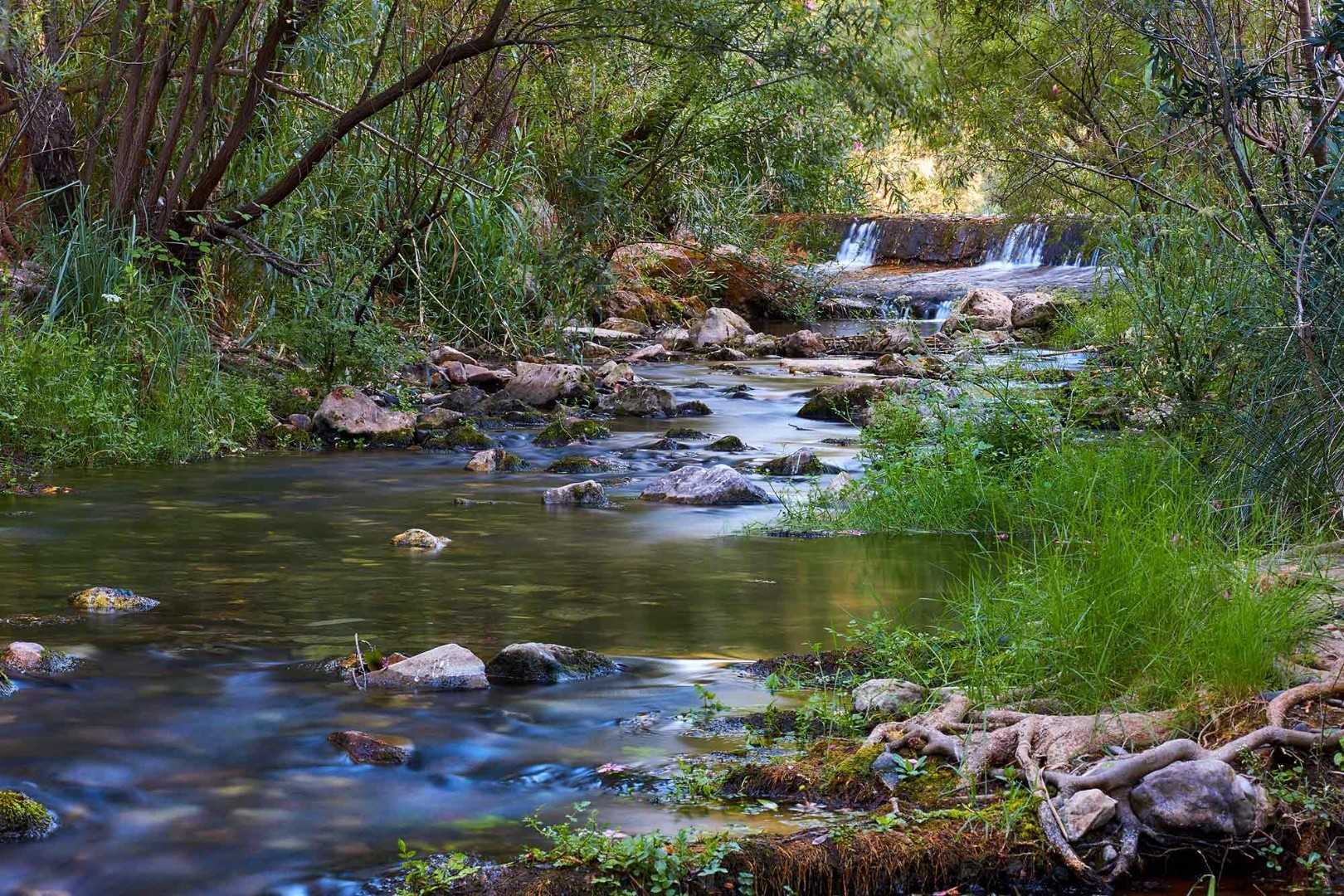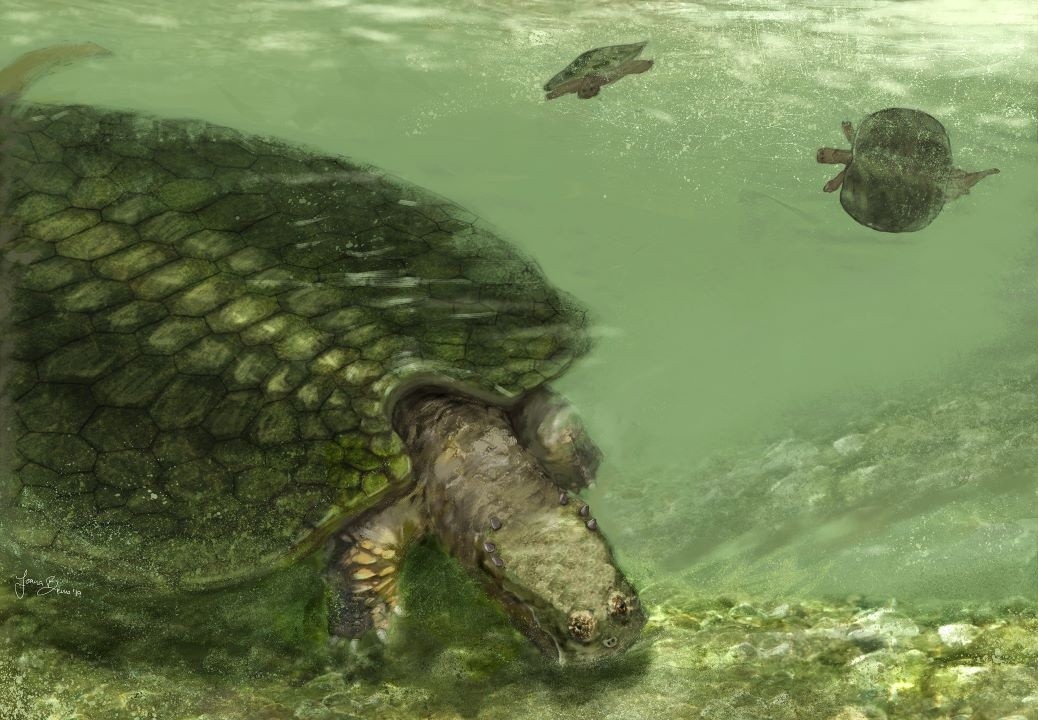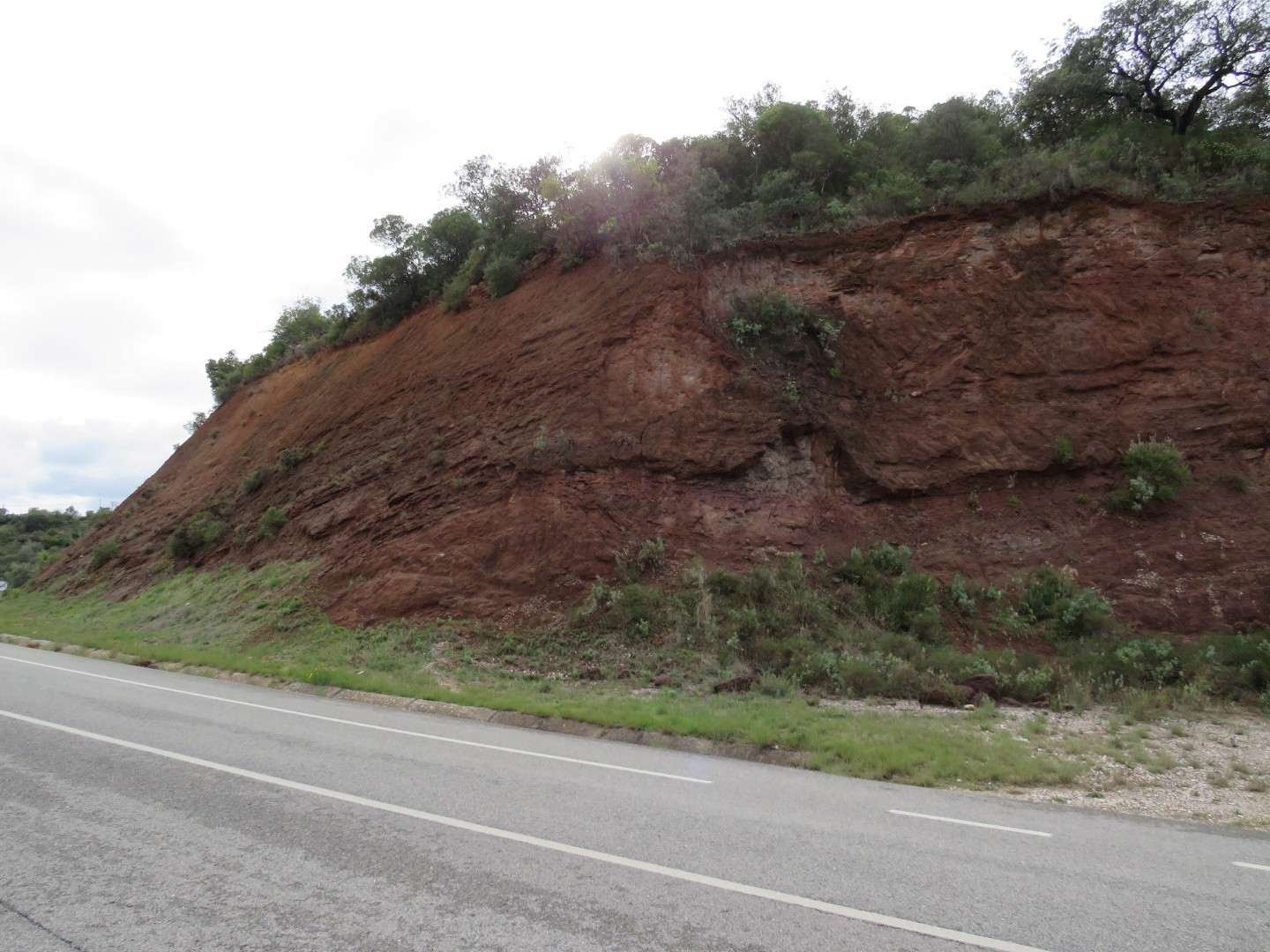SEDIMENTOLOGY
![]()
The "Red Algarve", like Silves Castle, owes its colour to the set of sediments called "Grés de Silves" by Paul Choffat in 1887. Of continental origin and reddish colour, it is constituted by a sequence of sediments of detrital and chemical origin, deposited during the Upper Triassic epoch and the base of the Lower Jurassic (230 to 200 million years old). Although the "Silves Sandstone" exists in all the Algarve, in a narrow band E-W, its most complete sedimentary sequence is found in the aspiring geopark Algarvensis in the area São Bartolomeu de Messines - Amorosa - Vale Fuzeiros.
The "Grés de Silves” (Silves Sandstone) contacts, by angular unconformity, with the Paleozoic substratum and comprises several sedimentary units, from bottom to top: the S.B. Messines Clays deposited in a lacustrine environment; the Silves Sandstones with frequent and well preserved sedimentary structures compatible with fluvial environments. the Silves Pelites, Limestones and Evaporites, where the presence of fossils of the species Metoposaurus algarvensis and of phytosaurs and placodonts stands out; and the Volcanic-Sedimentary Complex, whose age is attributed to the base of the Lower Jurassic (198 Ma) and related to the opening of the Atlantic Ocean.
Location: Vale Fuzeiros, São Bartolomeu de Messines - Silves
Coordinates: 37.25205833 -8.352025









